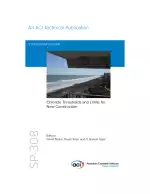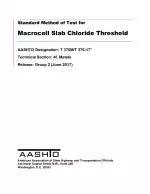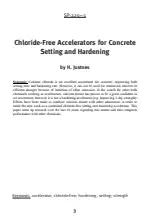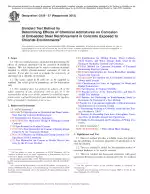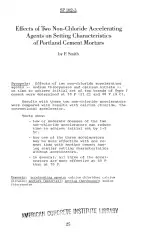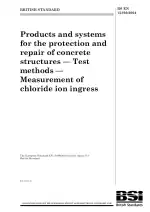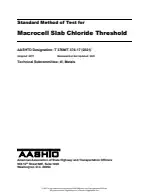Chloride Thresholds and Limits for New Construction
Also Known As:
The ACI SP-308:2016 standard addresses the issue of chloride concentration in concrete and its impact on the corrosion of reinforcing steel. The standard emphasizes the importance of maintaining chloride concentrations below a critical threshold to prevent active corrosion of reinforcement in concrete.
The standard recognizes that the critical chloride threshold is not a single value, but a range that depends on various factors. It aims to establish conservative yet reasonable limits on admixed chlorides in new concrete. These limits, referred to as allowable admixed chloride limits, are currently based on the mass or weight percentage of portland cement in the concrete mixture. The standard discusses the challenges of determining these limits, especially when supplementary cementitious materials (SCMs) are used, as they may affect the critical chloride threshold values.
The SP publication is the result of two technical sessions held in 2015, where experts from North America and Europe presented their perspectives, experiences, and opinions on chloride threshold values. The publication includes papers that address topics such as testing for the critical chloride threshold, binding of chlorides in different systems, and the influence of admixed chlorides on service life. The authors suggest that the allowable chloride limits should be based on the cementitious materials content, including both portland cement and SCMs. However, further research is needed to refine the recommendations.
| Descriptors | Corrosion |
| Language(s) | English |
| File Size | 5.5 MB |

